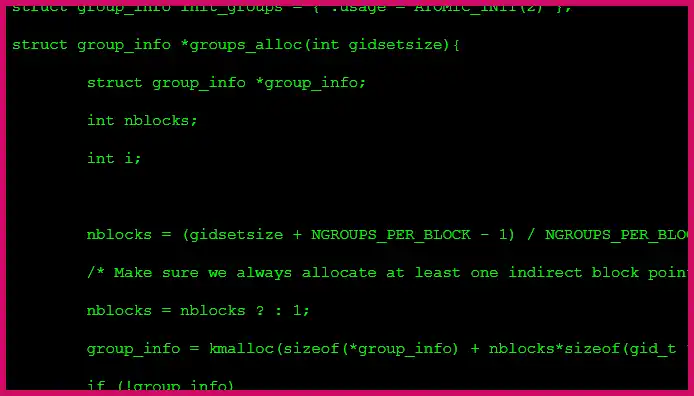So, what is the big deal about NoSQL? To understand, let’s explore Riak, a distributed NoSQL key-value database designed for availability, fault tolerance, and scalability. Unlike relational databases that store data in structured tables, Riak stores data as simple key-value pairs, which makes it incredibly fast and easy to scale across many machines.
Table of Contents
💻 NoSQL Categories and Riak’s Place
NoSQL databases can be categorized by their data model. Riak falls into the Key-Value category, which is similar to a hash map or dictionary. You store a value (which can be anything from a number to a JSON document) under a unique key. Other categories include Document (MongoDB), Column-family (Cassandra), and Graph (Neo4j). Riak’s strength is its simplicity and its robust, distributed architecture inspired by Amazon’s DynamoDB.
💻 Core Riak Concepts
To work with Riak, you need to understand its terminology:
- Node: A single instance of a running Riak server.
- Cluster: A group of Riak nodes working together.
- Bucket: A namespace for your data. It’s a way to group related key-value pairs.
- Key: The unique identifier for your data within a bucket.
- Value: The data itself that you are storing.
When you store data, Riak computes a hash of the bucket/key pair and distributes it across the nodes in the cluster, automatically replicating it to ensure it’s not lost if a node goes down.
💻 Interacting with Riak
Riak has a powerful HTTP API, meaning you can interact with it using simple command-line tools like `curl`.
- Store Data (PUT):
curl -X PUT http://127.0.0.1:10018/riak/LXF/test -d "My test data" - Retrieve Data (GET):
curl http://127.0.0.1:10018/riak/LXF/test - List Keys in a Bucket:
curl http://127.0.0.1:10018/buckets/LXF/keys?keys=true
For application development, you would use a native client library, such as the official Python client for Riak, which provides a more programmatic way to store, retrieve, and query your data.
More Topics
- Redis Guide: The High-Speed In-Memory Data Store
- MongoDB Guide: Build a Blog with Python and Bottle
- MongoDB Guide: An Admin’s Guide to Maximum Power
- MongoDB Guide: Using Native Drivers with Python and Ruby
- MariaDB Guide: The Open Source MySQL Alternative
- SQLite3 Guide: Getting Started with Python
- A Beginner’s Guide to Go: Explore Functions
